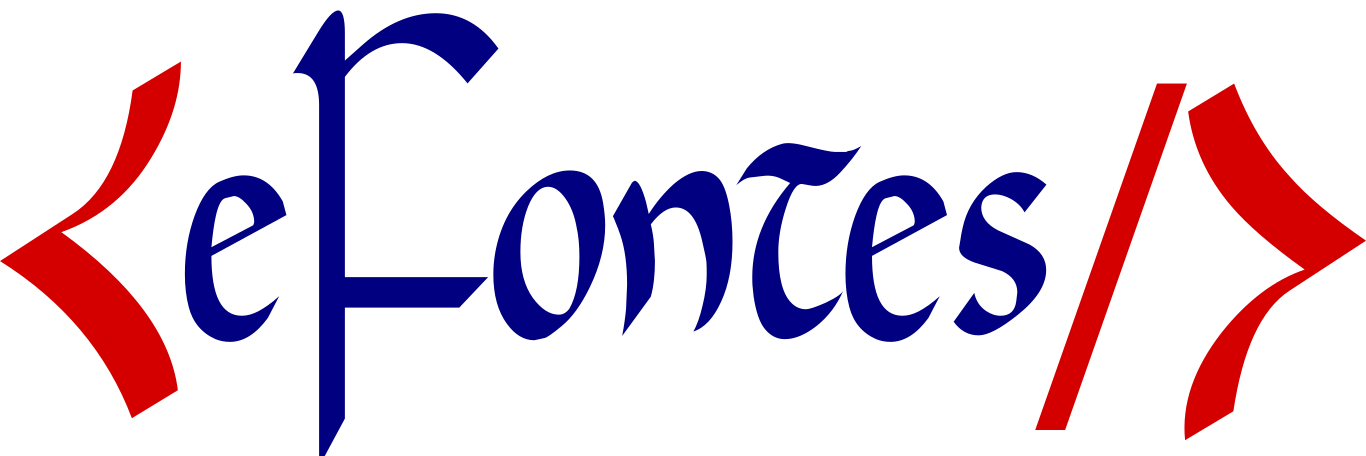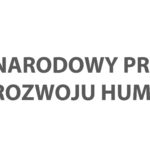Getting started
[two_third]

[/two_third]
[one_third_last]
To start a corpus search, define the searched phrase in the box at the top of the page (1) or in the search form (2). Selecting one of the advanced search criteria (3) opens the advanced search form.
[fawesome iclass=”fa-exclamation-circle”] Wyszukiwarka korpusowa domyślnie poszukuje form podstawowych wyrazów (tj. wyszukując tempus, we will find occurrences of all word forms, i.e. tempus, temporis, temporis ...).
[/one_third_last]
Search types
Simple search
[two_third]
[two_third]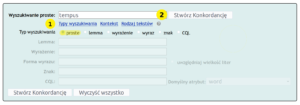
[/two_third]
[one_third_last]
In the simple search mode (1), a search term is entered in field (2).
[fawesome iclass=”fa-exclamation-circle”] Wyszukiwanie w trybie prostym nie różni się od wyszukiwania domyślnego.
[fawesome iclass=”fa-exclamation-circle”] W trybie prostym można używać znaków specjalnych: asterysk (*) zastępuje wiele znaków, pytajnik (?) zastępuje jeden znak. Np. tem* wyszuka wszystkie wyrazy rozpoczynające się od liter „tem”; tempor? wyszuka formy tempori and tempore e.t.c.
[/one_third_last]
[one_half]
Word search
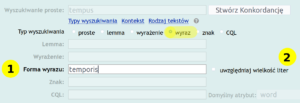
Defining a phrase in field (1) will search for a given word form only (e.g. entering the phrase tempus will only search for forms tempus ie Nom., Acc. and Voc. sg,). By default, the search is case insensitive, but you can change it by checking the box (2).
[/one_half]
[one_half_last]
Basic form search
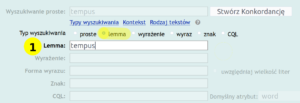
Defining a phrase in field (1) will search for all word forms of a given lemma (basic form).
[fawesome iclass=”fa-exclamation-circle”] Obecność (lub nie) formy w indeksie jest pochodną zastosowanej w projekcie lemmatyzacji. W razie problemów z odnalezieniem poszukiwanej formy podstawowej spróbować można wyszukiwania dowolnej formy danego wyrazu, a następnie ustalić, jak została ona zlemmatyzowana w korpusie.
[/one_half_last]
comp. Krzysztof Nowak
